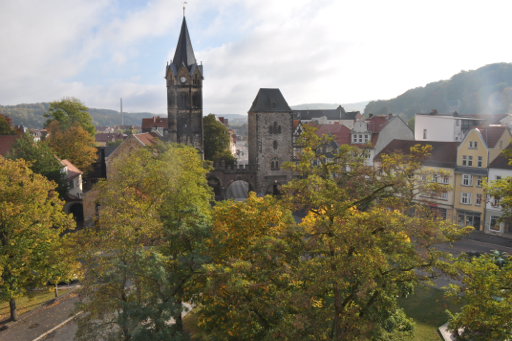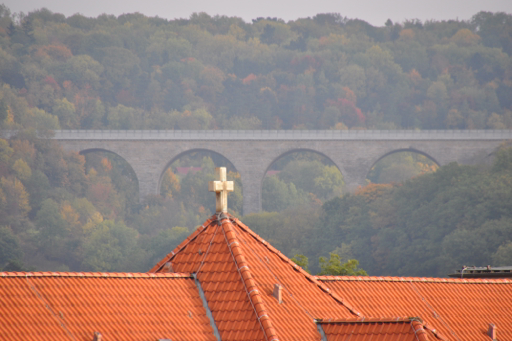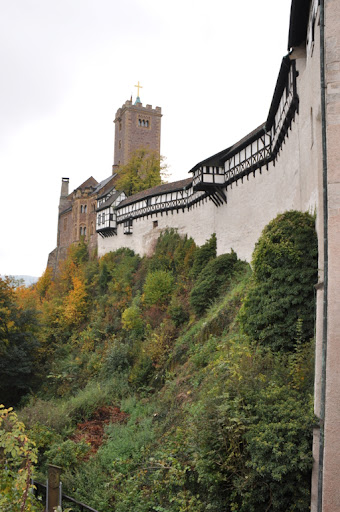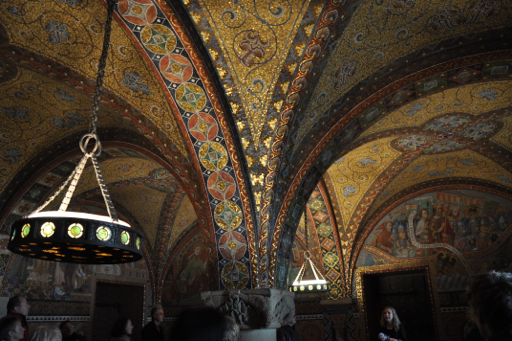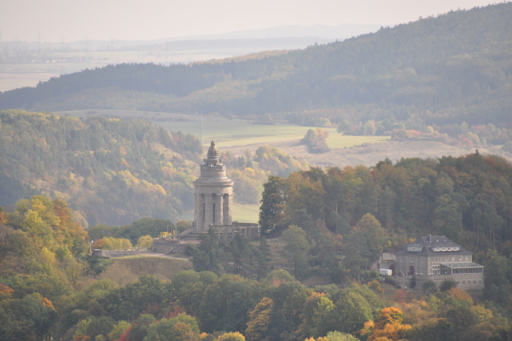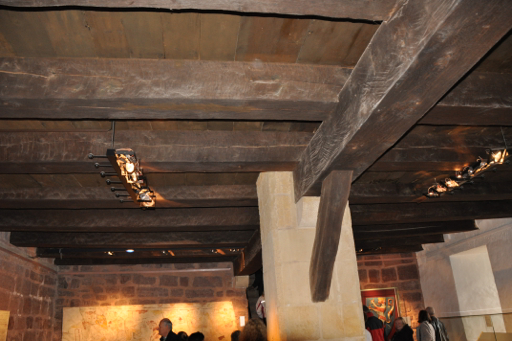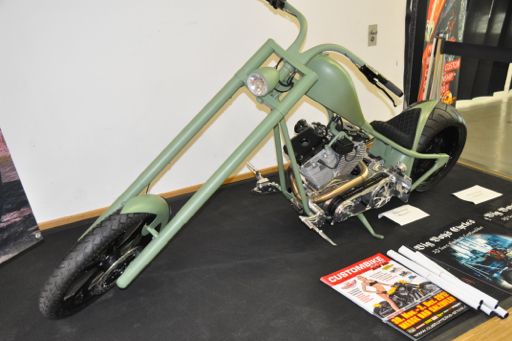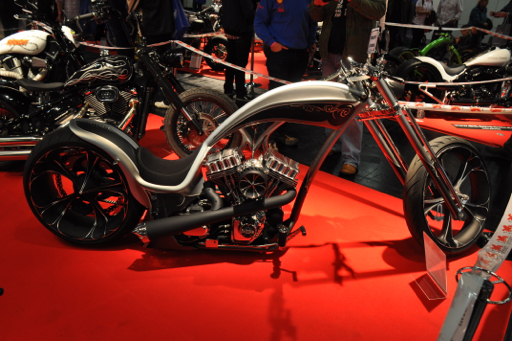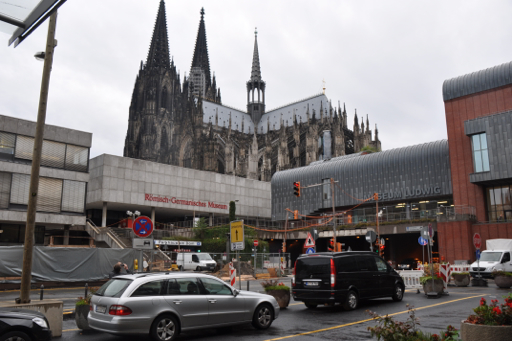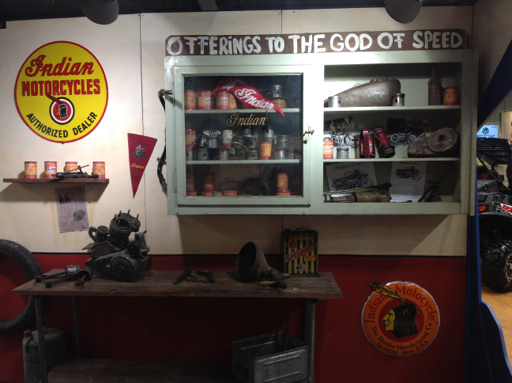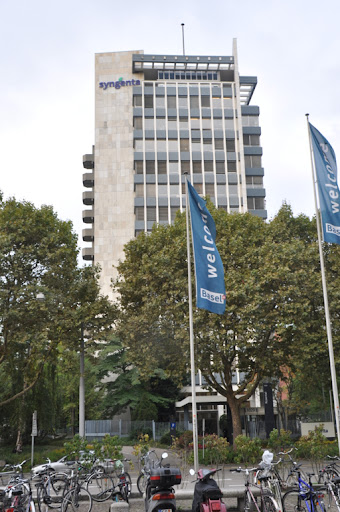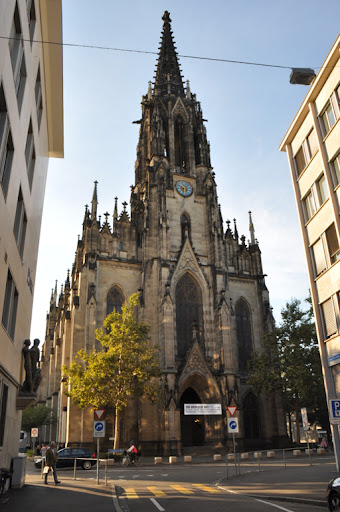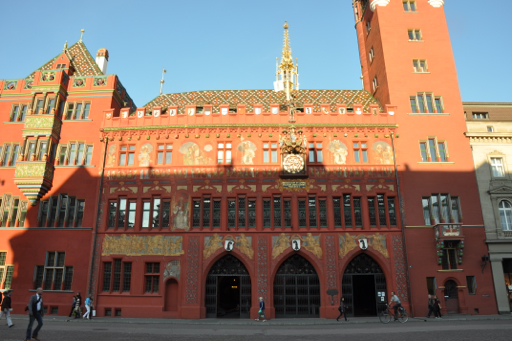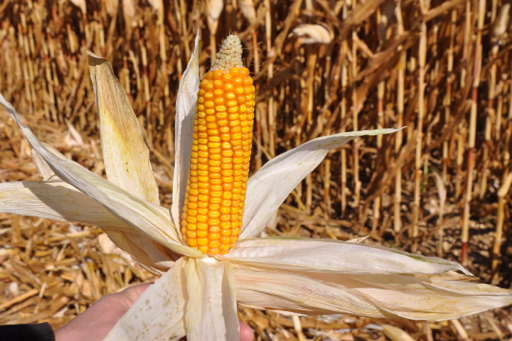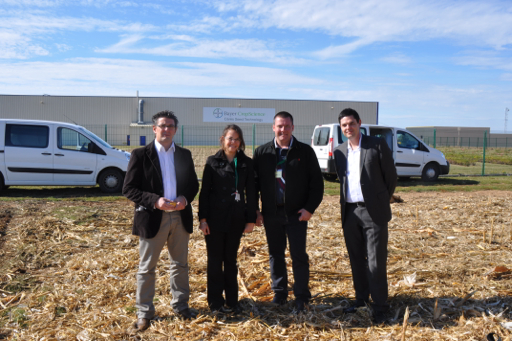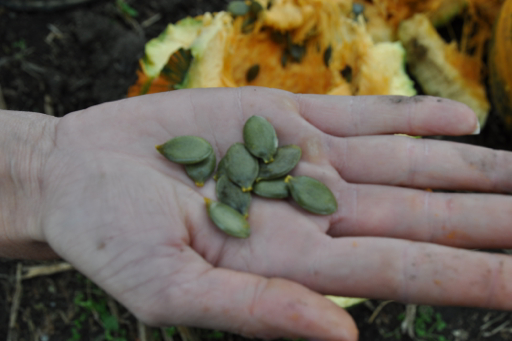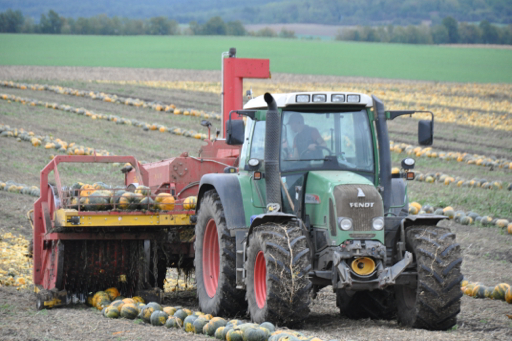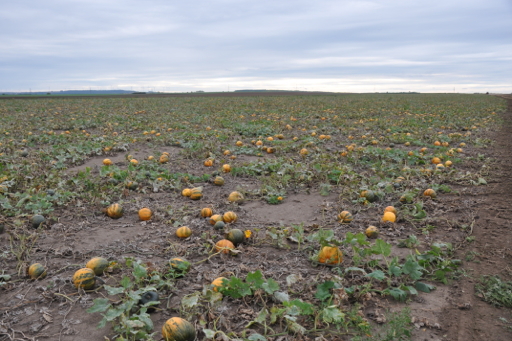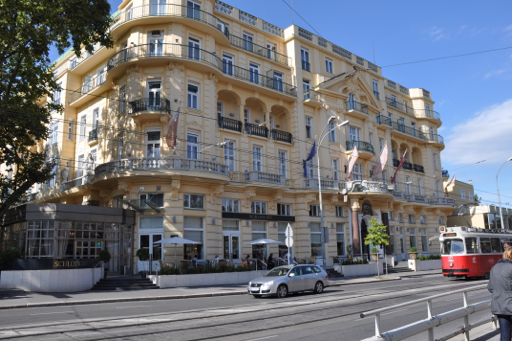It is now the weekend and after getting up to date on some washing in Köln it was off to Eisenach.
Eisenach is a small city just over the old East German boarder, founded over 1000 years ago, it is home to Wartburg castle, this castle was built in the 11th century with many additions and reconstructions over the years since, it is famous for being the place where Martin Luther was hide out from prosecution for his alternate religious beliefs. Martin Luther was the man that founded the Protestant church, I visited the room where he wrote the new testament and also wrote the first translation of the bible in German, an amazing history and is also the only castle in Germany to be world heritage listed.
The tower and dungeon was quite sobering, the dungeon was a hole in the ground not more than 2m square about 15m deep, no light, no flow of air, just a pit and one guy spent 8years down there until he died. All he did wrong was not want to get his child baptised, just goes to show that religious extremism is nothing new?
Interestingly formal bathing was a Eastern European custom and was not introduced to Western Europe until the later part of the 16th century and really only for royalty then, the castle did not get a water supply until the 18th century.
You will see below a picture of some timber roof beams, these beams were milled in 1142 AD!!
Stayed at the Stienberger Hotel in Eisenach, good little hotel highly recommend, situated in the centre of town opposite St Nicholas's gates, pictured below.
Monday was a visit to Petkus who is a top of the line manufacturer of seed processing , milling and bulk handling equipment. I must thank Mark Scholze, managing director for his time and openness during my visit.
What is very impressive about Petkus is there commitment to innovation and research , with construction going on at the moment to house a dedicated R&D department, project management and centre of excellence for the training and development of processes and machinery, this investment is second to none that I know of in the industry.
We had some very open and frank discussions about existing technology, current level of development and also an ideas for the future and which direction development should be heading. What's refreshing is how open Petkus are to thinking outside the box, and the level of personnel they have from all different industry backgrounds, I think this approach will bode well for them in the future.
Germany had there first frost of the year this morning definitely a good chill in the air but a nice blue sky day to follow.
Back on the train Tuesday morning back to Frankfurt, heading for Norway.
